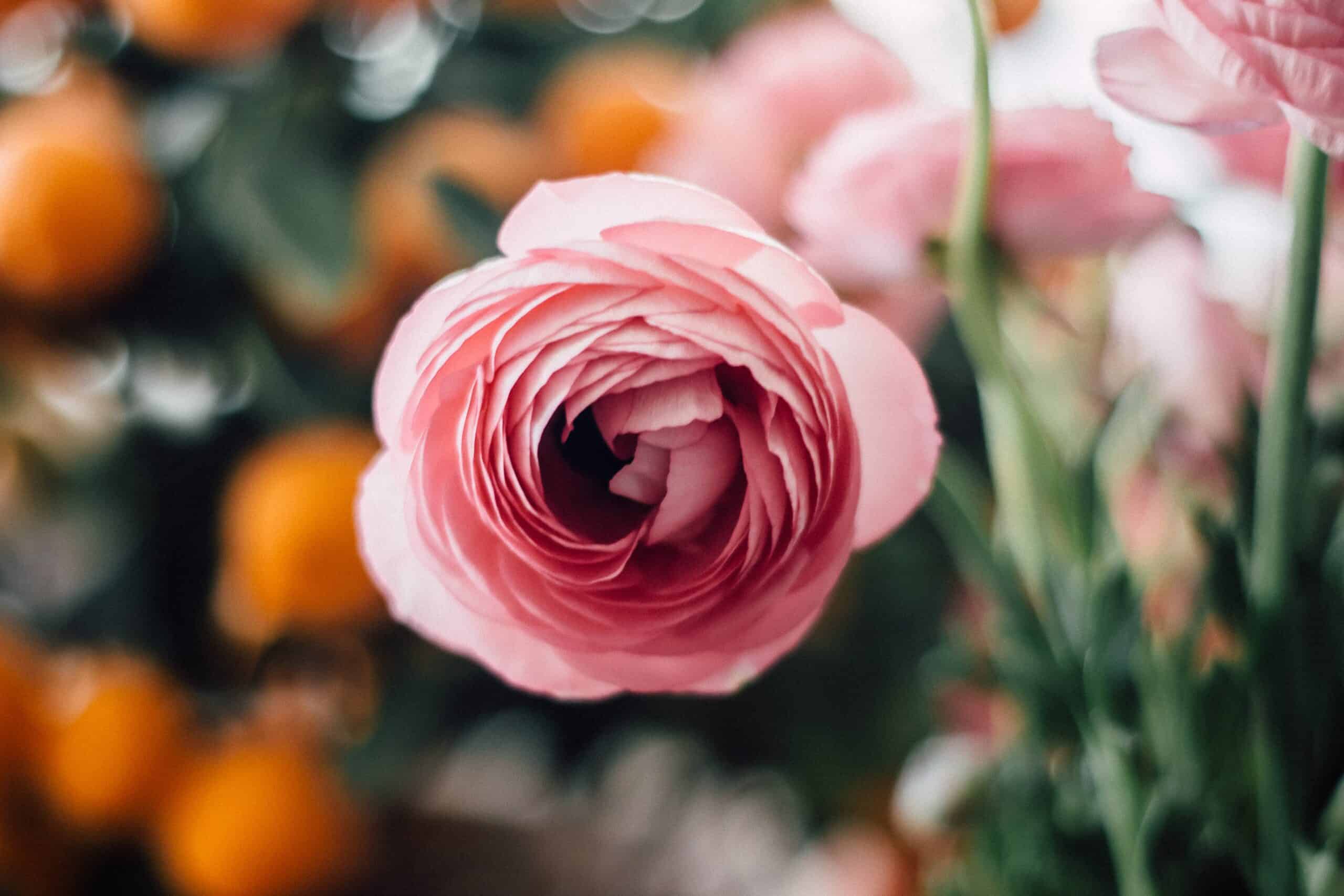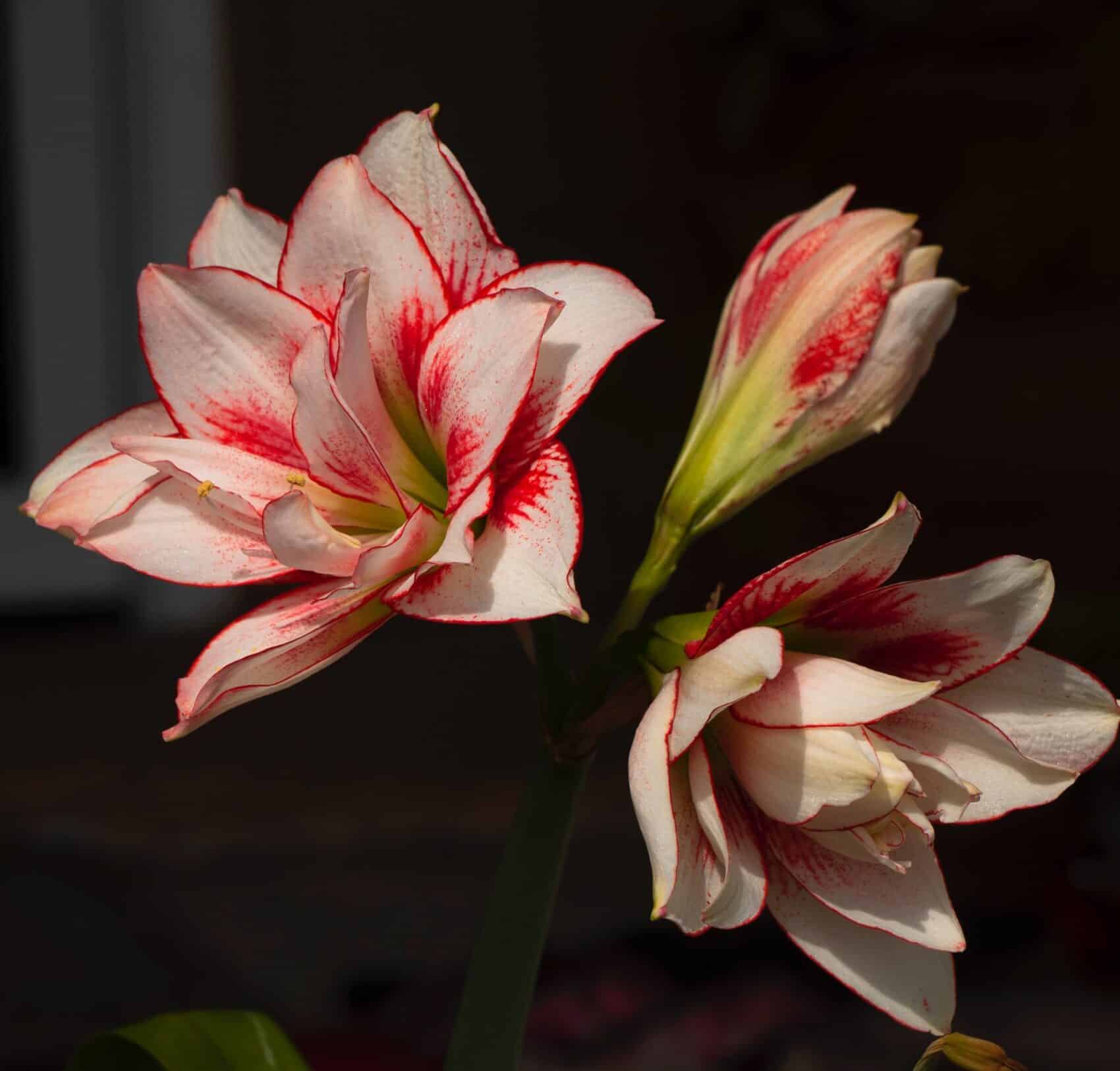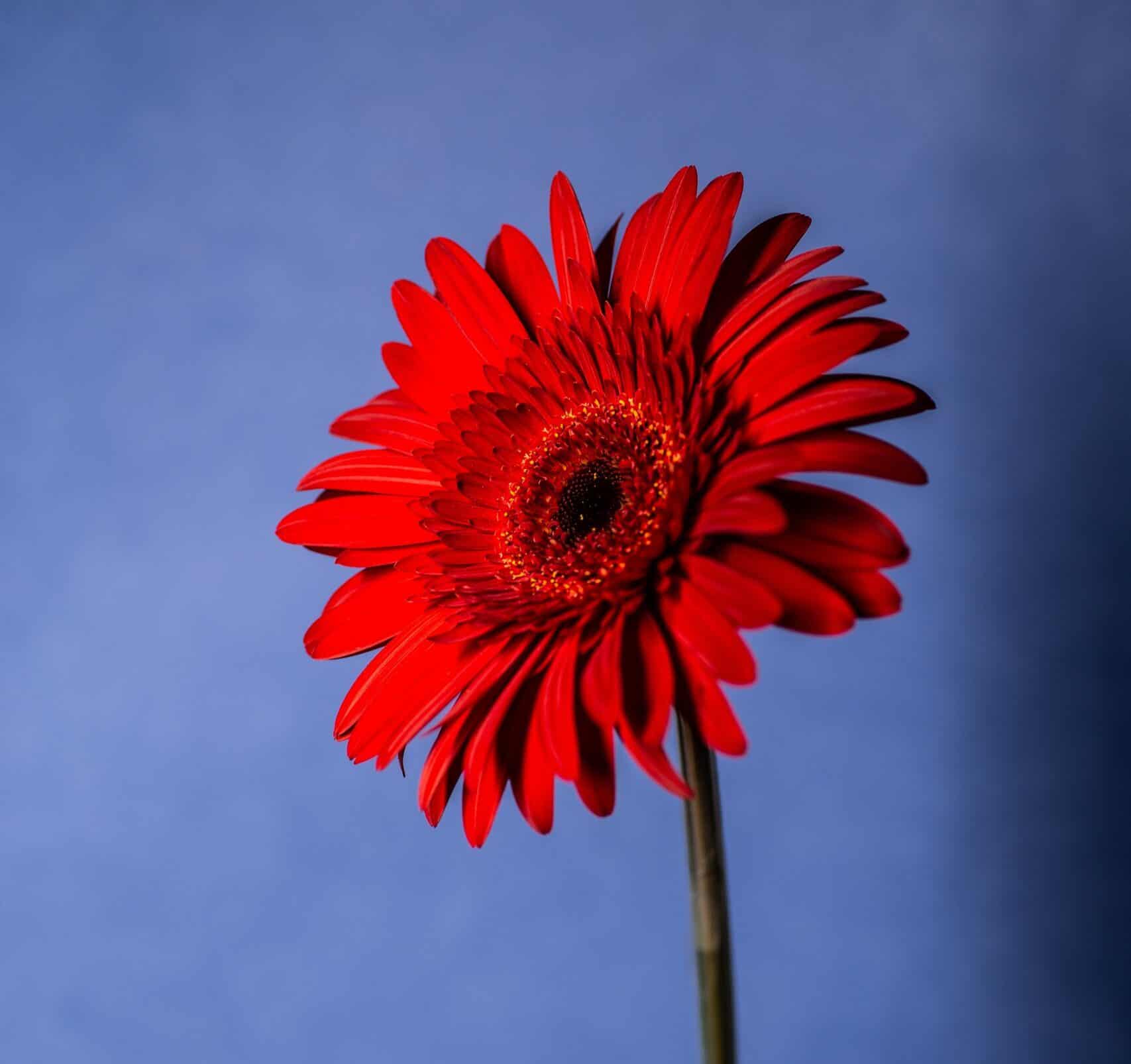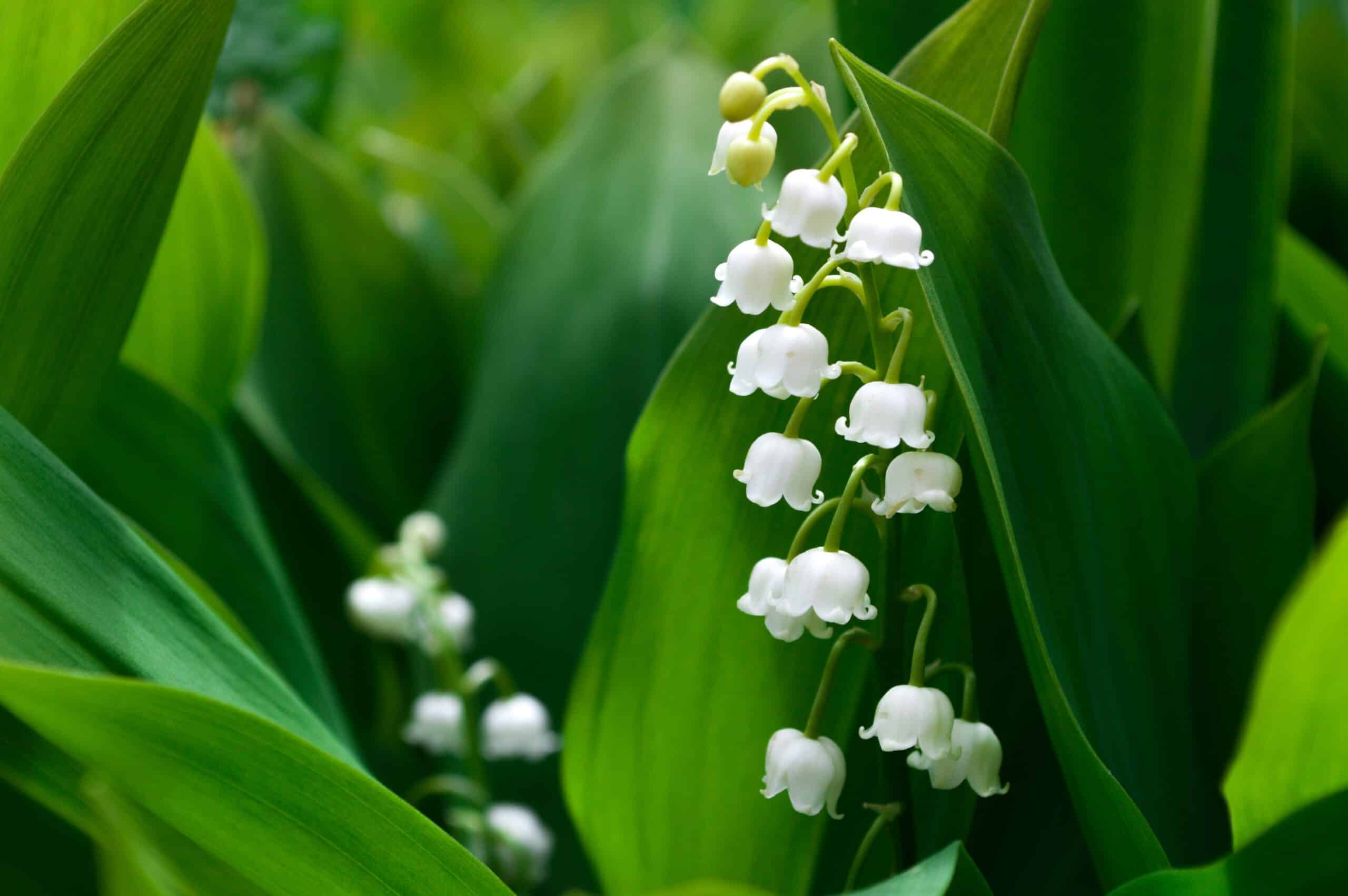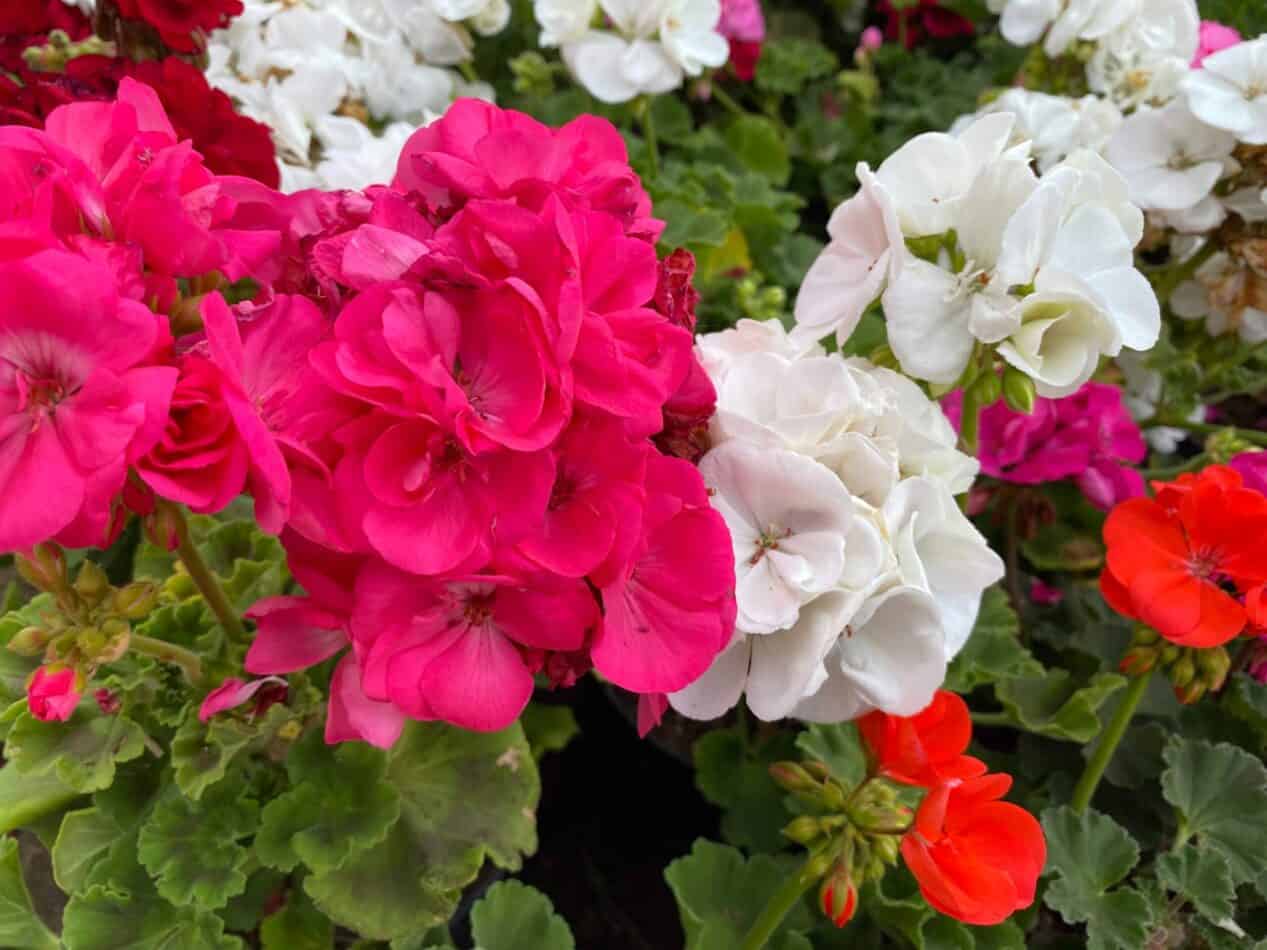Ranunculus (also known as buttercups) are perennial plants native to Europe and Asia. They are often grown as ornamental garden plants because they bloom in summer and autumn. The flowers have a distinctive shape and look similar to those of dandelions. There are wide ranunculus varieties, including dwarf types, which grow only 6-12 inches tall, and giant forms that reach heights up to 2 feet. All of these plants will certainly give you some beautiful blooms.
There are several ways to grow ranunculus plants. One way is to start seeds indoors or directly in the garden. Another method is to plant them in pots and then transplant them into the garden once they are big enough.
The flowers bloom from late summer through midwinter, so they’re easy to grow in most parts of North America. They’ll tolerate light shade but will perform better in full sun. If you want to grow them in a cold climate, keep the plants watered during the winter months to avoid any danger of frost.
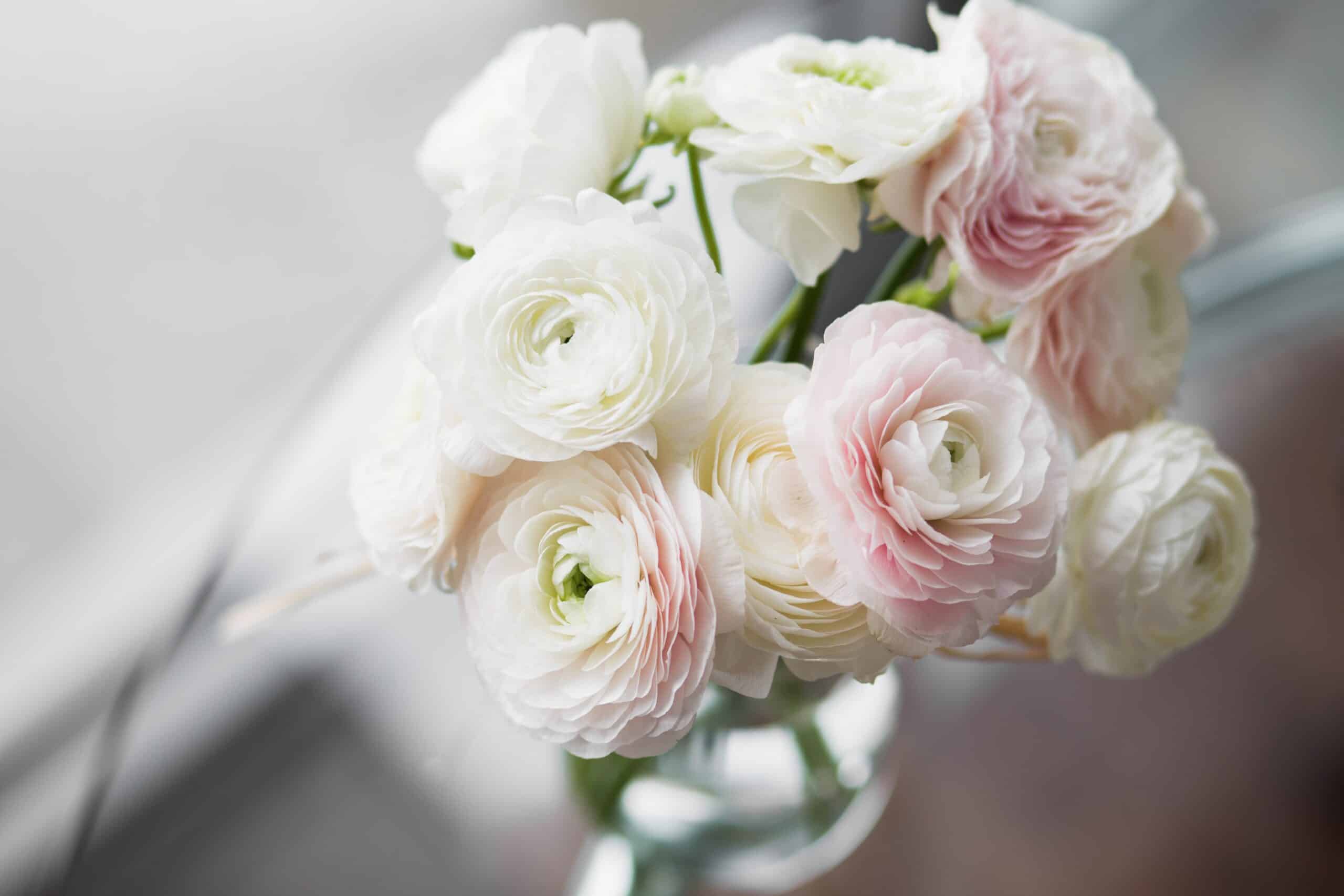
How to start ranunculus tubers
You can plant ranunculus bulbs in fall in USDA zones 8 through 11. The foliage usually remains green throughout the winter and blooms in late winter. You’ll want to start your tubers indoors if you live in a cooler zone.
Planting Ranunculus Tubers Inside
If Ranunculus isn’t hardy (zones 7 and colder), start them indoors. Plants grow best when the daytime temperature is between 50 and 70 degrees Fahrenheit and takes 12 to 16 weeks from germination to bloom. Start counting back from the date of your last light frost to determine when to plant your ranunculus tubers in your garden. If you live in colder climates, you may need to plant them indoors as soon as January. To do this, dig a hole at least three times the size of the tuber, place the tuber in the center of the hole, and fill around it with soil. Water thoroughly, then mulch with straw or leaves to keep moist soil.
Soak Ranunculus Tubers Before Planting
The tubers will sprout roots within three to four months. Keep the soil moist but not wet during this period. Once the plants reach 6 inches tall, thin out the seedlings, so they grow at least 2 feet apart from each other.
How to Store Ranunculus Tubers
The best way to store your ranunculus tubers is in a cool, dark place. If you don’t have access to this kind of storage, keep the tubers in paper bags at room temperature.
Growing Ranunculus in Pots
If you’d prefer to grow Ranunculus in containers instead of the garden, choose a pot that’s deep enough to accommodate the bulb when fully grown. Fill the container halfway with peat moss, then add half as much perlite or vermiculite. Add more peat if necessary to ensure drainage. Use at least 3 inches of compost designed specifically for houseplants or any organic fertilizer. When the tubers are ready to transplant, gently remove the entire root system from its pot and carefully replant it in the new container.
How to Grow Ranunculus in Your Garden
If you reside in a cold climate, you may want to consider planting the ranunculus bulbs in late winter or early spring. The bulbs will grow best if they receive at least six hours of direct sunlight each day.
Where to Plant Ranunculus
Ranunculus grows well in sunny locations, although it does need some shade when the weather turns hot. You can also plant it near trees or shrubs, as long as there are plenty of air spaces between them.
The flowers will bloom from late summer through autumn. If you want to grow Ranunculus in containers, choose a pot size based on the size of the bulb you’re planting. For example, if you’re growing large ranunculus bulbs, select a container that holds at least twice as much soil as the bulbs themself.
How to Plant Ranunculus
Dig a hole slightly larger than the ranunculus bulb, then set the bulb upright in the middle of the hole. Fill the surrounding soil with dirt, then water the plant thoroughly. Mulching with grass clippings or straws will help prevent weeds from taking over the bed.
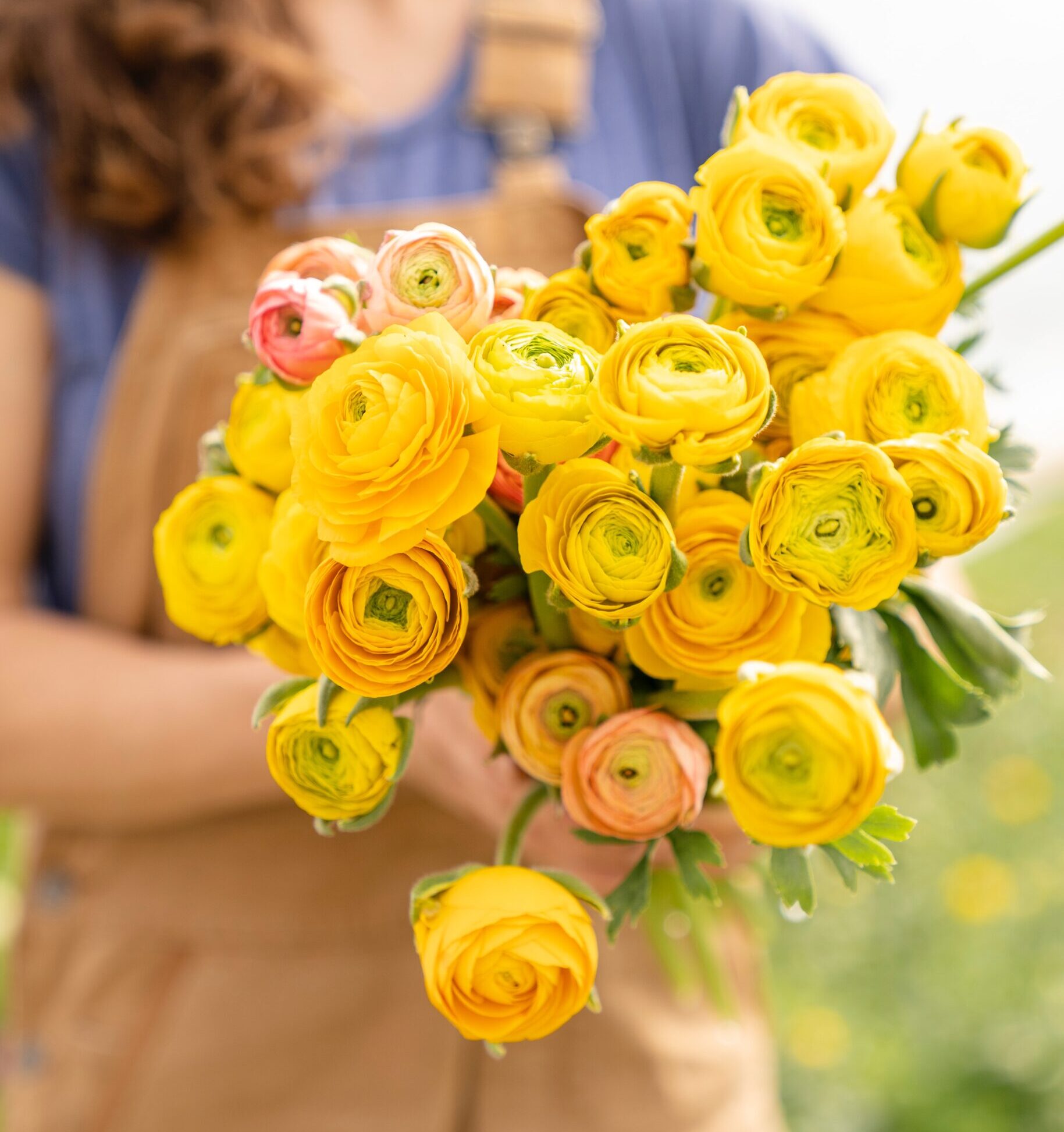
How to Preserve Ranunculus’ Beauty
If you want to extend your ranunculus’ vase life or simply preserve their beauty forever, here are some tips:
When to Harvest Ranunculus Flowers
Harvest the flowers after they’ve opened and dried completely. Cut off the stems close to the base of the flower head, then shake or brush away any remaining petals.
How to Dry Ranunculus Flowers
Dry the flowers by hanging them upside-down in a warm, dry location. This process usually takes about seven days.
How to Propagate Ranunculus Bulbs
Propagating Ranunculus from cuttings is easy. Take an 8-inch piece of stem, leaving 3/4 inch of the tip exposed. Dip the end of the stem into the rooting hormone, then insert it into damp sand or peat moss. Cover the cutting with plastic wrap and leave it alone until roots begin to form. Remove the plastic wrap, then repot the plant in fresh media.
How to Freeze Ranunculus Flowers
Freezing the flowers is another great way to preserve their beauty. Simply fill a freezer bag with the blooms, seal it tightly, and freeze it for up to three months. To thaw the flowers, let them sit out overnight at room temperature.
How to Preserve Ranunculus Seeds
Seeds are available year-round, but they should be collected during the cool season. Collecting seeds requires patience and attention to detail. The first step is to determine which part of the flower contains the seed. Then, collect all of the pollen from the stamens (the yellow structures) using tweezers. Place the pollen onto a clean slide under a microscope. Look for tiny black dots inside the pollen grains. These are the female cells, and they contain the seeds.
Seeds can be stored in paper envelopes or zip-top bags at room temperature for several years.
How to Soak Ranunculus Corms
The best way to soak the corms is in room temperature water, then submerge the corms in boiling water for 15 minutes. After soaking, drain the corms and let them dry out completely.
How to PreSprout Ranunculus Corms
The pre-sprouted corms will take longer to germinate than regular corms, but they’re worth it if you want to grow large plants from tiny seeds. To prepare the corms, soak them in water overnight, then drain and place them in a tray lined with paper towels. Cover them with another layer of paper towels, then place them in a warm location (about 70 degrees) for three days. After three days, remove the paper towels and let the corms dry out completely. Then, transfer them to individual containers filled with potting mix.
What we love from Amazon this week
Buy these wonderful flowers directly from Amazon:


